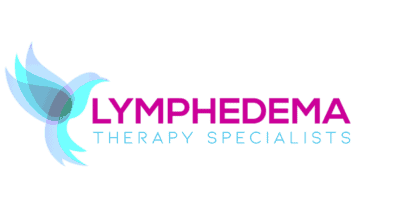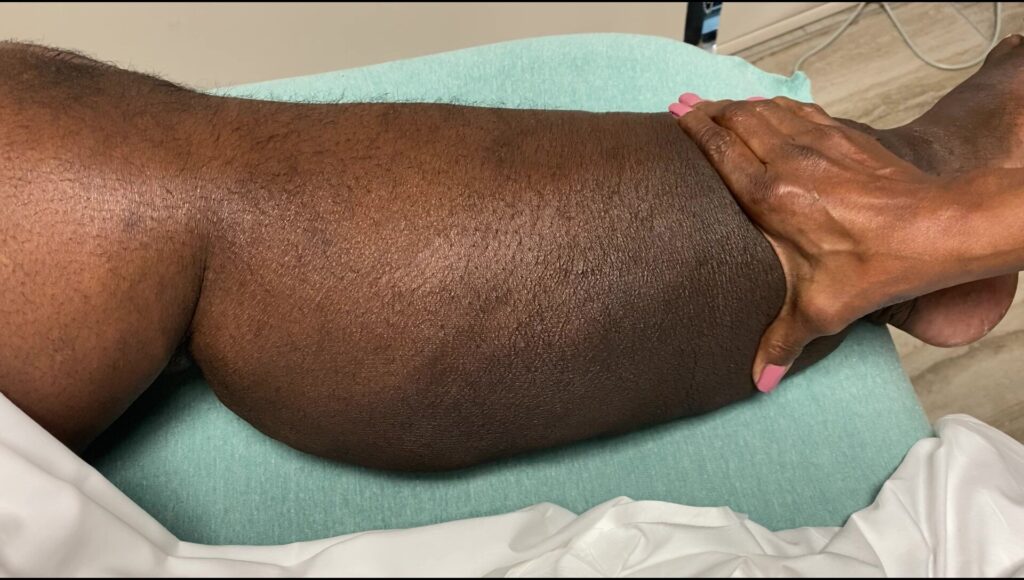Lymphedema Therapy – Lymphatic Massage Houston
The basic strokes used in massage (e.g., petrissage, effleurage, tapotement, vibration, and friction) are generally applied with more pressure than manual lymph drainage techniques. The effects of massage strokes are not limited to suprafascial tissues (e.g., the skin), but also cause reactions in subfascial areas such as muscles, tendons and ligaments. Massage strokes can increase local arterial blood flow and venous and lymphatic return, and can also loosen subcutaneous adhesions.
Many massage therapy publications list edema as one of the indications for these techniques. This statement, while correct, is often misleading if the distinction between edema and lymphedema is not established. Edema in suprafascial tissues can be caused by various problems, including inflammation or impaired venous return (valvular insufficiency, pregnancy, or prolonged sitting and/or standing). With edema, the lymphatic system remains intact but is overloaded. This condition, called dynamic insufficiency, results in the accumulation of water in the tissues. Massage therapy may be beneficial for some forms of edema but is contraindicated for others. It should not be applied without prior consultation with a physician.
On the other hand, lymphedema is always caused by mechanical insufficiency of the lymphatic system; water and protein accumulate in the tissues. As discussed earlier, in the case of mechanical insufficiency, the transport capacity of the lymphatic system falls below the physiological level of water and protein load and is not able to appropriately respond to an increase in lymphatic loads.
Negative Effects Of Massage Therapy On Lymphedema
Most massage strokes cause an increase in arterial blood flow (active hyperemia) in skin areas where such techniques are applied. Active hyperemia is accompanied by an increase in blood capillary pressure and subsequent increase in ultrafiltration of water in the area of the blood capillaries. This process results in more water accumulating in the interstitial spaces. Water represents a lymphatic load. Due to mechanical insufficiency, the lymphatic system will not be able to manage this additional water load. If massage therapy to lymphedematous tissues, an increase in swelling may result.
Additionally, superficial lymphatics are extremely vulnerable to external pressure. Traditional massage techniques can cause focal damage to anchoring filaments and the endothelial lining of lymph vessels.2 This possible damage to lymphatics, and the potential increase in arterial blood flow must be avoided.
Lymphedema Therapy Specialists
We are happy to serve you and all of your Lymphedema needs. We are located in central Houston, TX providing a convenient location for patients who reside in Houston or surrounding areas.
If you are looking for Lymphedema treatment in Houston, TX, contact us now!
We will do everything we can to treat you as soon as possible.

